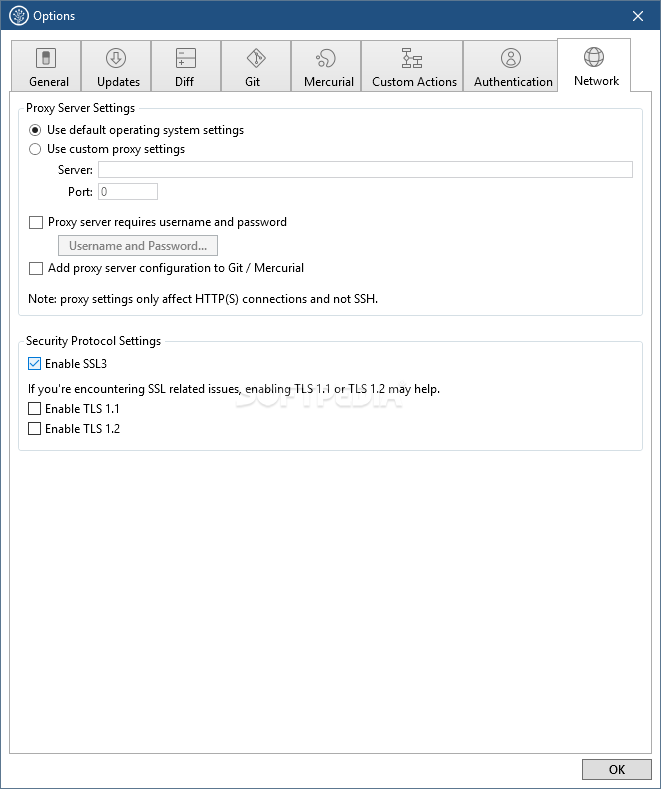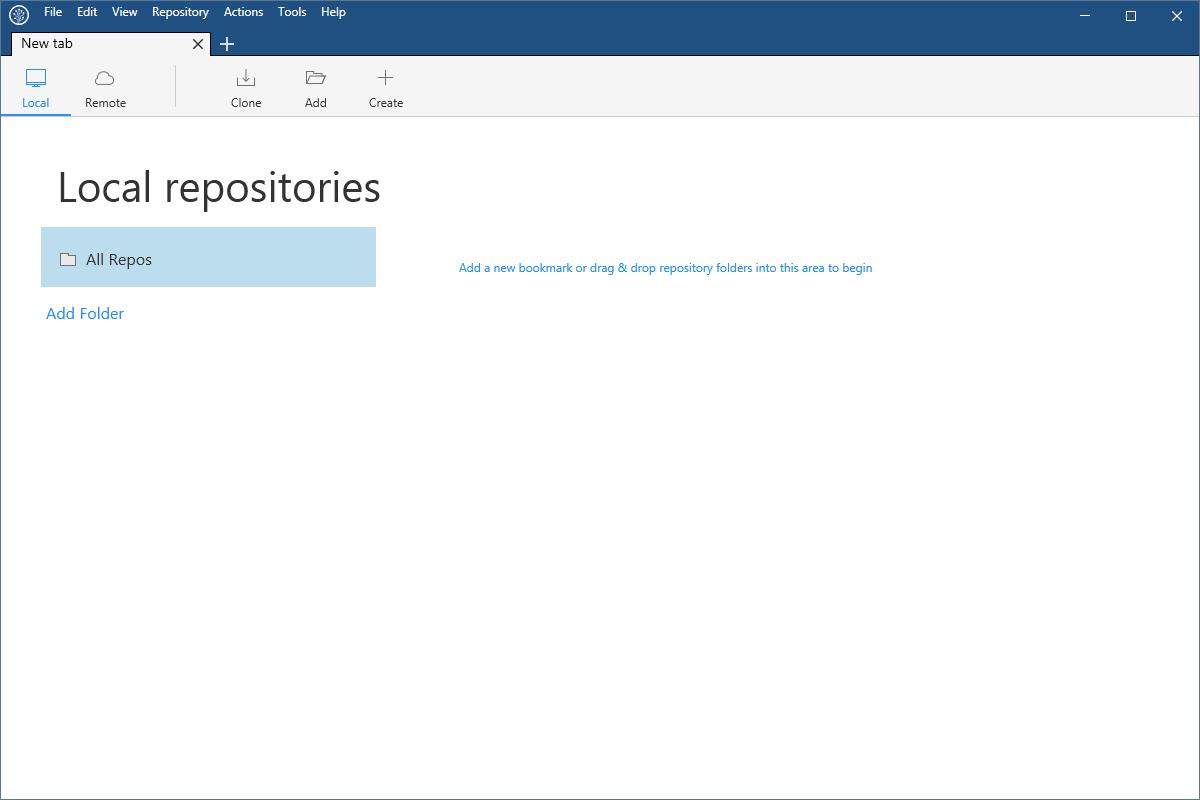
- #Sourcetree stash new files software
- #Sourcetree stash new files code
- #Sourcetree stash new files download
Give your branch a descriptive name like firstname-lastname for interviews. You can even work with other team members and collaborate on the same branch. This will give you a separate area to work in and test your updates before it goes live. new interview, new page, content revisions). Instead, create a branch for each new feature (e.g. Do not add updates directly to the master branch. IMPORTANT: For the Women&Tech site, any commits added to the master branch are automatically pushed live to the site.
#Sourcetree stash new files code
The master branch contains all of the production ready files and code and has been tested. This is generally considered to be the clean copy or the "good copy". If you'd like an overview of how the Github workflow works, in general, check out this guide.Įvery Git repository has a master branch by default. You can name it anything you want in the Name field or just leave it the same as the repo name.īelow are specific instructions for getting the latest files, working with branches, adding content and pushing your changes to the Women&Tech site, using SourceTree. Select the button with the ellipsis to change the destination path. Select a Destination Path for your local copy. If you're not sure how your account is authenticated, use the HTTPS URL.īack in SourceTree, select File > New from the main menu. This will either be the SSH or HTTPS URL, depending on how you authenticate to GitHub.
#Sourcetree stash new files download
If you have already cloned the repo, skip to the Working with branches section.įrom the main repository page, select the Clone or download button and copy the URL. Cloning the repo will grab the latest files from the Github repository and save it to your computer. You can view more details in the Atlassian getting started guide. You may also be prompted to create a Bitbucket account (another Atlassian product) but it is not required. You will be required to create a (free) Atlassian account (the creators of SourceTree). Table of contentsįollow the installation steps and connect it to your Github account. If you want to work with SourceTree, follow the instructions below. Just be sure to follow the same branching workflow as the rest of the team and do not commit any files into the repo that are only required for your tool (e.g.

#Sourcetree stash new files software

A stash is a special merge commit of the work tree between the base commit and the index. While this works, it does not replicate stashes as-is.


 0 kommentar(er)
0 kommentar(er)
